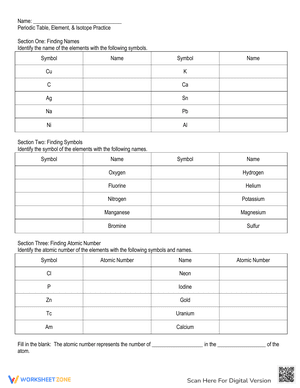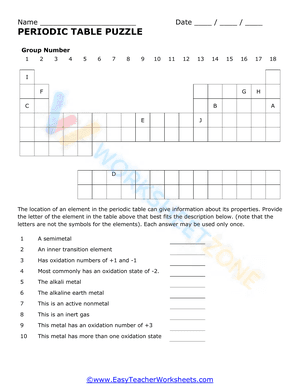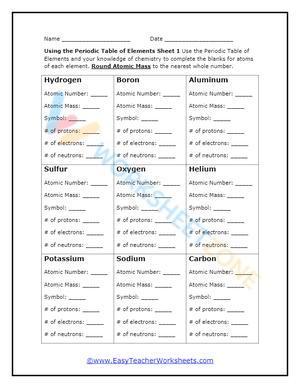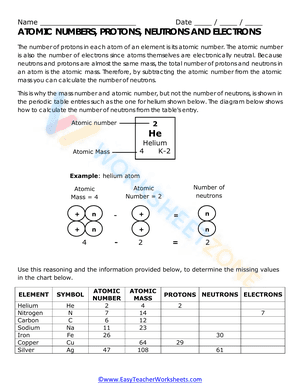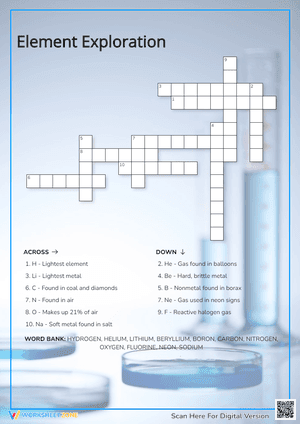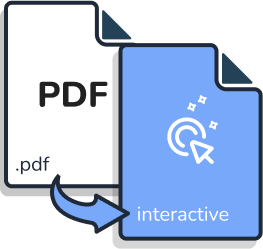Dmitri Mendeleev, a well-known scientist, was credited with developing the first version of the Periodic Table. He demonstrated how a particular arrangement of elements could lead us to understand the properties of other elements that were related to each other. He also used it to predict the properties of elements that had not yet been discovered or were not normally found in nature. Elements on the table are ordered by the number of protons which is equivalent to their atomic number. At room temperature, all of the elements on the table can be found in all of their various phases.
In the modern science classroom, students can use the Periodic Table to predict the outcome of chemical reactions and the stability of compounds. Elements in the same column of the periodic table have similar chemical properties and form similarly charged ions. Several trends emerge as you move from right to left in a row of elements: the amount of energy required to remove an electron increases, the radius of an element's atom decreases, and the tendency to attract a pair of electrons increases. This greatly aids us in writing chemical formulas and balancing chemical equations.
Our periodic table worksheet ranges from determining basic information about specific elements found in nature to working on considering atomic operations such as neutron numbers. Our periodic table worksheet begins by thoroughly explaining the information found on a single atom of each element on the table. We then investigate all of the compositional math for these elements. We illustrate how to calculate the number of protons, neutrons, and electrons in a stable atom of each element. As we progress, we will present students with enjoyable puzzles that help summarize everything we can learn from this scientific marvel.
Besides, we also provide various Science worksheets for other grades on this WorksheetZone website!
